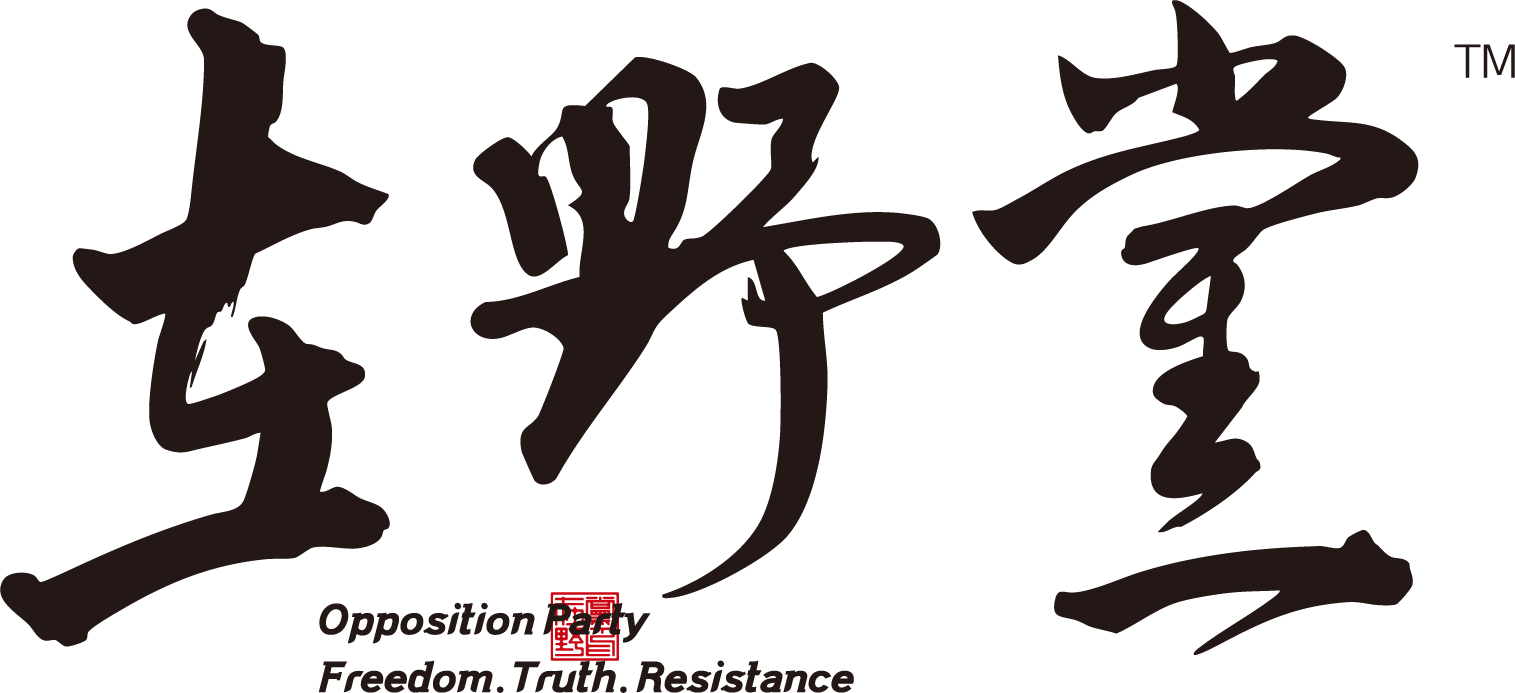作者:张兴贵(大陆)
编辑:冯仍 翻译:何兴强
冷战是社会主义与资本主义两种制度、封闭专制与开放民主两种价值观的全面对决。只要还存在社会主义制度,存在计划经济和公有制为主体的经济模式,冷战就没有结束,只是按下了暂停键。中美贸易战不仅是经济领域的博弈,更是冷战的延续,以经济为始,以政治为终。
-rId4-512X288.jpeg)
一、中美贸易战:冷战的重启
冷战,20世纪人类历史上一场没有硝烟的对抗,深刻塑造了现代国际格局。美苏两大阵营在意识形态、社会制度、经济模式和军事力量上的较量,不仅划分了世界版图,也在全球埋下了竞争与冲突的种子。苏联解体,世界似乎迎来了“历史的终结”,但冷战并未彻底消散。中美战,正是这一延续的生动写照。首先,意识形态的对抗贯穿始终。美国以自由市场和民主价值观为核心,试图维护其主导的全球秩序;中国则以中国特色社会主义为旗帜,强调国家主权与发展权,无不带有冷战时期美苏“自由世界”“资本主义阵营”与“1984世界”“社会主义阵营”对立的色彩。其次,技术与经济霸权的争夺是贸易战的核心。冷战时期,美苏在核武器、航天技术等领域展开激烈竞争;今天,中美在5G、人工智能、半导体等前沿技术领域的博弈同样如火如荼。最后,全球秩序的重塑是贸易战更深层次的目标。冷战时期,美苏通过结盟、分化等方式争夺全球影响力;今天,中美通过贸易协定、区域合作和国际组织,试图重塑有利于自身的全球经济规则。
二、两种制度与文明的对决
中美战不仅是冷战的延续,更是两种制度——社会主义与资本主义,两种文明——东方集体主义与西方个人主义的正面交锋。资本主义以个人自由、市场竞争和私有制为核心,孕育了工业革命以来全球经济的飞速发展。中国特色社会主义则以国家主导、集体主义和公有制为特点。文明的差异进一步加剧了冲突。西方文明以个人主义为核心,强调个人权利、自由表达和民主制度。中国文化注重集体主义、和谐共生与社会稳定,强调中央集权、权威和社会控制。这场较量不仅关乎当下利益的分配,更将决定哪种制度更优越, 哪条道路更能引领历史发展的未来;这场决战不仅是制度与文明的较量,更是关于人性需求与历史方向的抉择。
The Cold War Has Never Ended
Author: Zhang Xinggui (Mainland China)
Editor: Feng Reng
Translator:He XingQiang
The Cold War was a comprehensive showdown between two systems—socialism and capitalism, between two sets of values—closed authoritarianism and open democracy. As long as socialist systems exist, along with economic models dominated by planned economies and public ownership, the Cold War has not ended—it has merely been put on pause. The U.S.–China trade war is not just an economic contest but the continuation of the Cold War: beginning with economics, ending with politics.
-rId5-1121X636.jpeg)
I. The U.S.–China Trade War: The Cold War Restarted
The Cold War, a confrontation without gunfire in the 20th century, profoundly shaped the modern international order. The competition between the U.S. and the Soviet Union in ideology, social systems, economic models, and military power not only divided the world map but also planted the seeds of global rivalry and conflict. After the collapse of the Soviet Union, the world seemed to usher in the “end of history,” yet the Cold War never fully dissipated. The U.S.–China struggle is a vivid continuation of that legacy.
First, ideological confrontation runs throughout. The U.S., centered on free markets and democratic values, seeks to maintain its dominant global order; China, flying the banner of “socialism with Chinese characteristics,” emphasizes national sovereignty and the right to development—echoing the Cold War-era opposition between the U.S.-led “free world” and the “capitalist camp” versus the Orwellian “1984 world” and the “socialist bloc.”
Second, the struggle for technological and economic supremacy is at the heart of the trade war. During the Cold War, the U.S. and the Soviet Union engaged in fierce competition in nuclear weapons and space technology. Today, the U.S. and China are locked in intense rivalry in frontier technologies such as 5G, artificial intelligence, and semiconductors.
Finally, the reshaping of the global order is the deeper goal of the trade war. During the Cold War, the U.S. and the Soviet Union fought for global influence through alliances and divisions. Today, the U.S. and China attempt to reshape global economic rules in their favor through trade agreements, regional cooperation, and international organizations.
II. A Clash of Two Systems and Civilizations
The U.S.–China struggle is not only a continuation of the Cold War but also a direct confrontation between two systems—socialism and capitalism—and two civilizations—Eastern collectivism and Western individualism.
Capitalism, centered on individual freedom, market competition, and private ownership, has driven the rapid global economic growth since the Industrial Revolution. Socialism with Chinese characteristics, on the other hand, emphasizes state leadership, collectivism, and public ownership.
Civilizational differences further intensify the conflict. Western civilization, rooted in individualism, emphasizes individual rights, freedom of expression, and democratic institutions. Chinese culture stresses collectivism, harmony, and social stability, underpinned by centralized authority, hierarchy, and social control.
This contest is not merely about the distribution of present-day interests but about determining which system is superior, which path can better lead the future of history. This decisive struggle is not only a clash of systems and civilizations but also a choice about human needs and the direction of history.



张宇-rId7-1266X950.png?w=218&resize=218,150&ssl=1)
赵雪峰-rId5-1050X862.jpeg?w=218&resize=218,150&ssl=1)
张宇-rId6-1252X934.png?w=218&resize=218,150&ssl=1)
冯仍-rId7-672X505.jpeg?w=218&resize=218,150&ssl=1)

张致君-rId5-1024X768.jpeg?w=100&resize=100,70&ssl=1)

